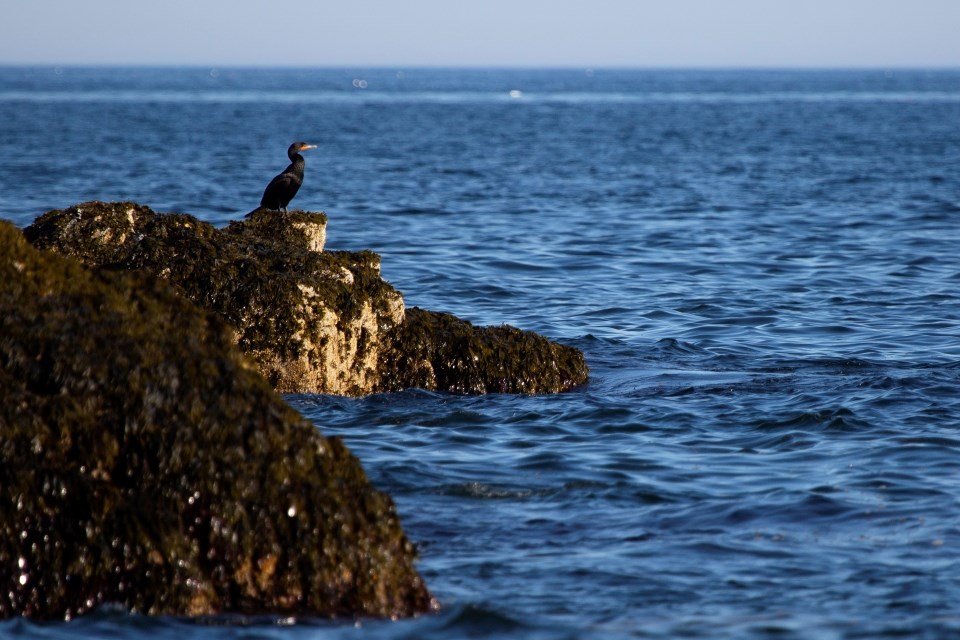Last updated: June 24, 2021
Thing to Do
Birding at Otter Point

Otter Point is often visited by Acadia visitors for its dramatic coastal views of Mount Desert Island’s steep cliffs. This location, along with the short walk to Otter Cliff via the Ocean Path trail provide spectacular vantage points to search for passing, and nesting, seabirds. Additionally, Otter Point’s parking area borders a dense spruce-fir forest that is often one of the first spots migrating songbirds stop at after a night of migration. To catch this activity of migrating songbird, May or September are ideal. However, for the seabirds seen from Otter Point, anytime of the year can get you a variety of seabirds.
Where to Begin
-
Otter Point Parking Area
Getting to the Trailhead
-
By car: Start at Hulls Cove Visitor Center and follow the Park Loop Road. Follow signs for start of one-way road towards Sand Beach. Continue along the Park Loop Road for seven miles. The parking area is on the right after Otter Cliffs.
-
By bus: Take the Island Explorer (mid-June to October) to Otter Point. Check bus schedules for times and routes.

Ashley L. Conti, Friends of Acadia, NPS
Parking in the designated parking area for Otter Point is the best place to begin exploring this area. If you are visiting in May, June or September, the peak of either spring or fall migration, carefully check the bird activity along the parking lot and the thin stripe of trees along Ocean Path on the way to Otter Point. Anywhere along here migrating songbirds such as Blackburnian Warbler and Black-throated Blue Warbler can appear. Closer to Otter Point there are usually breeding birds singing or building their nests, such as Black-throated Green Warbler, Ruby-crowned Kinglet, and Golden-crowned Kinglet.
After covering the parking area and path to Otter Point, walk down the path to the open rocks and find a spot to set-up to scan with binoculars or a scope for a while. During the summer, passing Double-crested Cormorant and rafts of Common Eider are abundant. Be careful to watch any Black Guillemots coming and going from the nearby cliffs, they occasionally will nest in the small openings. During spring or fall, any of the three scoter species can be seen along with Red-necked Grebe, Bufflehead, and Red-breasted Merganser. Additionally Common Tern, Northern Gannet, or Laughing Gull can be seen flying by. During the winter, Horned Grebe and Long-tailed Duck can be present. Its also worth checking the rocks along Otter Point for Purple Sandpiper and Snow Bunting. It is worth noting during the winter months, Otter Point is only accessible from Otter Cliff Road via walking the Ocean Path or closed section of park loop road.
Notable Acadia Species: Worm-eating Warbler, Blue Grosbeak, Lapland Longspur
